These words of wisdom chosen by Lama Surya Das tells us that our meditative awareness starts as a small flame and then becomes the fuel for enlightened awareness.
Jigme Lingpa was a Tibetan master who lived in the 18th century. He is known as a discoverer of ancient text and passing on the tradition of Longchen Nyingthik, the most famous and widely practiced cycle of Dzogchen teachings.
Dzogchen is the natural, primordial state or natural condition, and a body of teachings and meditation practices aimed at realizing that condition. Dzogchen, or “Great Perfection”, is a central teaching of the Nyingma [of Tibetan Buddhism] school also practiced by adherents of other Tibetan Buddhist sects. According to Dzogchen literature, Dzogchen is the highest and most definitive path to enlightenment. [Read More…]
Lama Surya Das is also a teacher in the Nyingma school of Tibetan Buddhism.
In the beginning, meditative awareness is like a small flame, which can easily be extinguished and needs to be protected and nurtured. Later, it is more like a huge bonfire, which consumes whatever falls into it. Then, the more thoughts that arise, the more awareness blazes up, like adding logs to an ever-growing fire. Emaho—Everything within us and around us, absolutely everything, then becomes the fuel for enlightened awareness!
-Dzogchen Master Jigme Lingpa
Understanding this quote is relatively easy. Experiencing Dzogchen may not be so!
The Wikipedia article goes on to say,
From the perspective of Dzogchen, the ultimate nature of all sentient beings is said to be pure, all-encompassing, primordial clarity or naturally occurring timeless clarity. This intrinsic clarity has no form of its own and yet is capable of perceiving, experiencing, reflecting, or expressing all form. It does so without being affected by those forms in any ultimate, permanent way. The analogy given by Dzogchen masters is that one’s nature is like a mirror which reflects with complete openness but is not affected by the reflections, or like a crystal ball that takes on the colour of the material on which it is placed without itself being changed. The knowledge that ensues from recognizing this mirror-like clarity (which cannot be found by searching nor identified) is what Dzogchenpas refer to as rigpa.
I’m still trying to work all of this out in my mind. I love the quote from Jigme Lingpa.
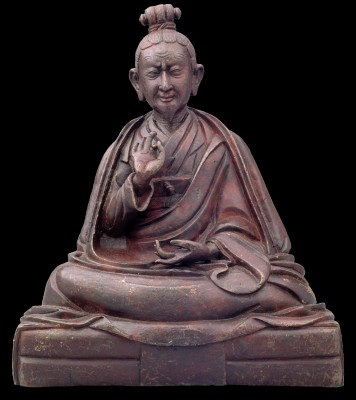


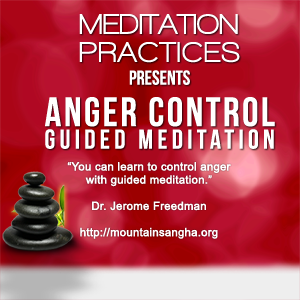
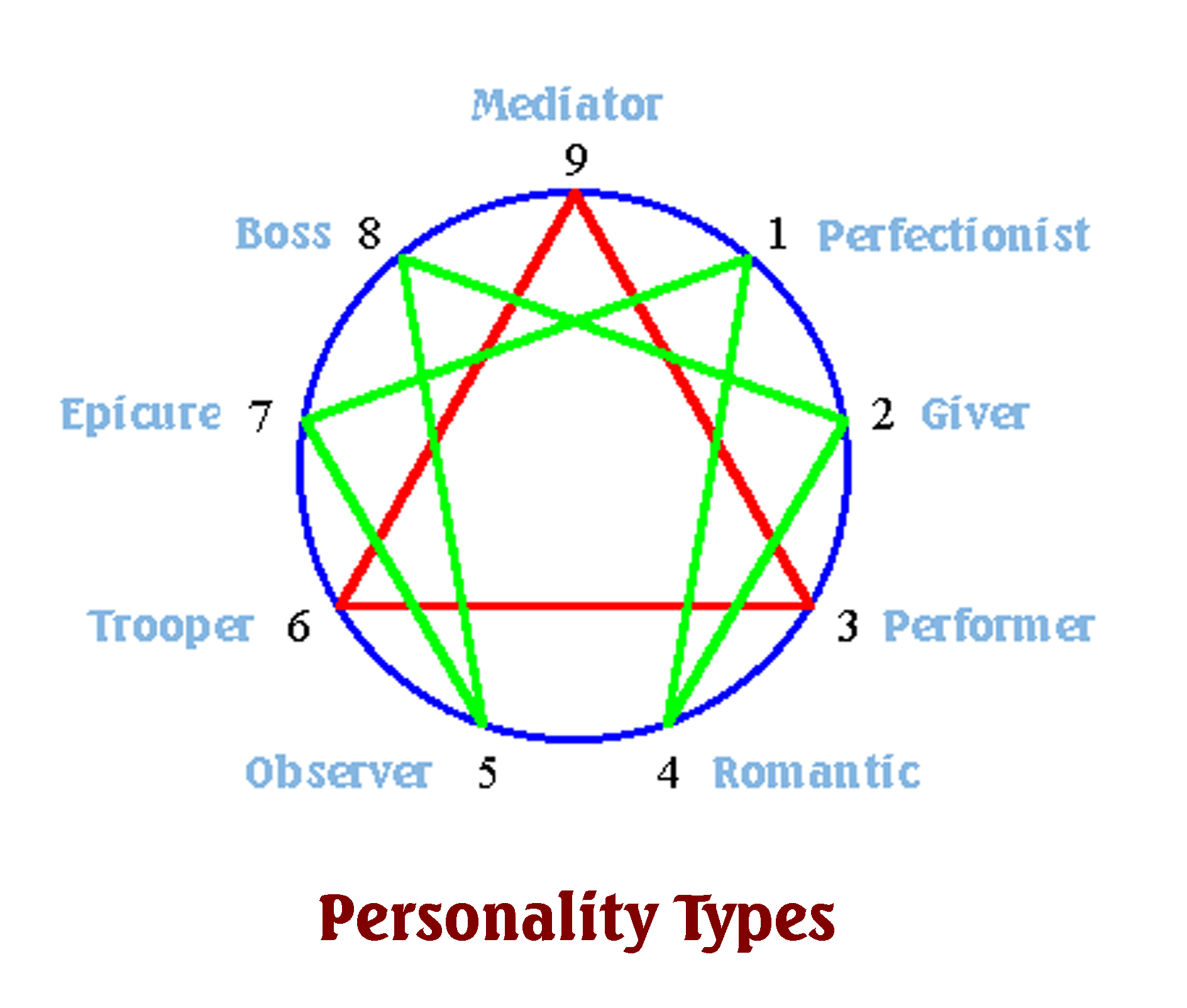
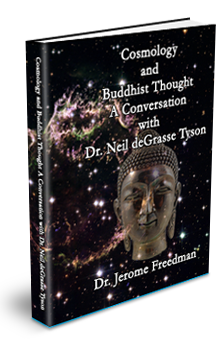
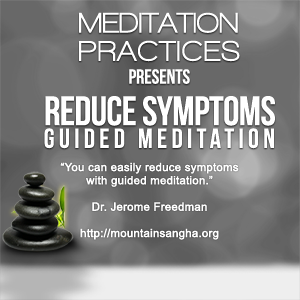


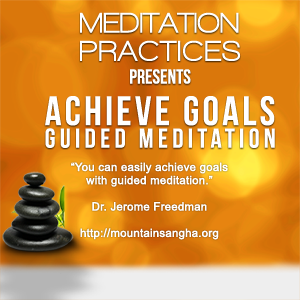

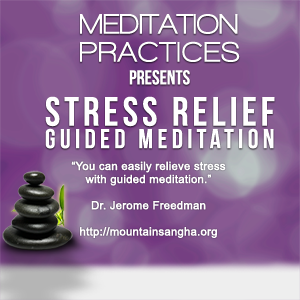


You must be logged in to post a comment.